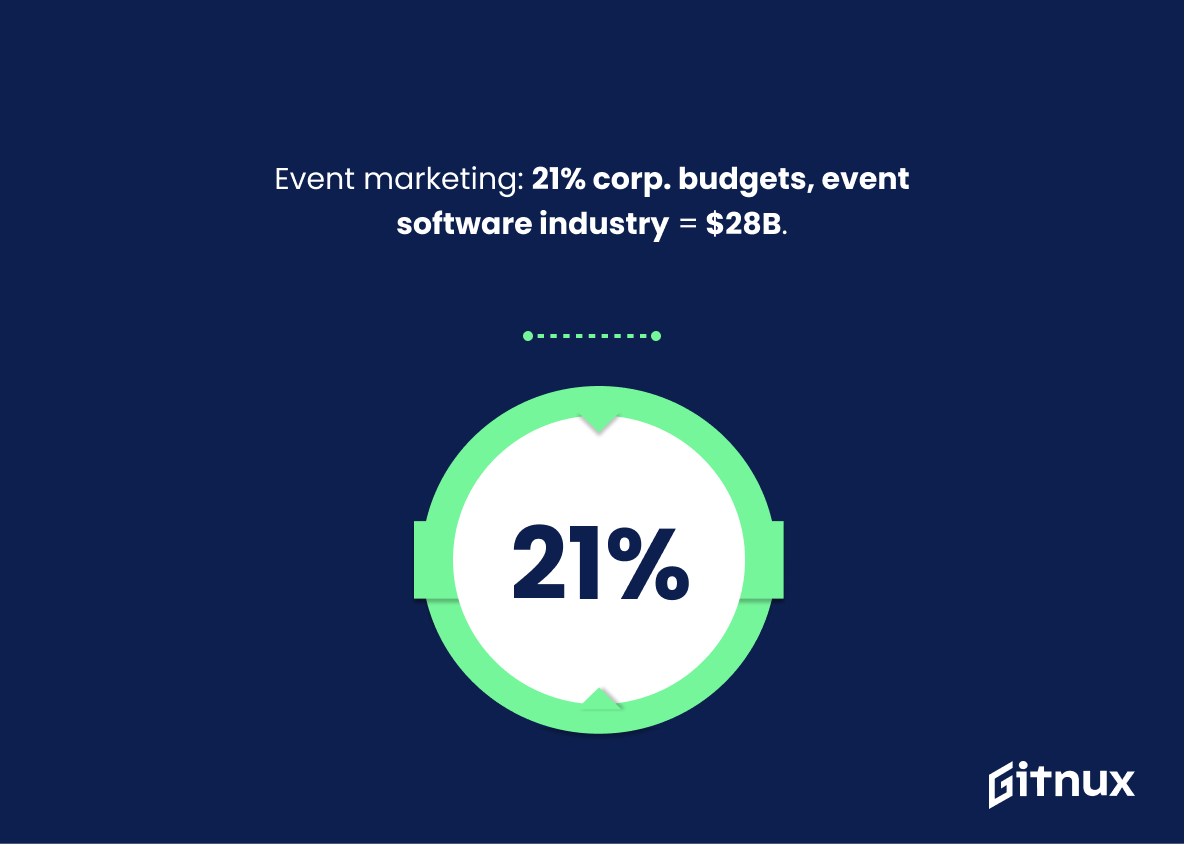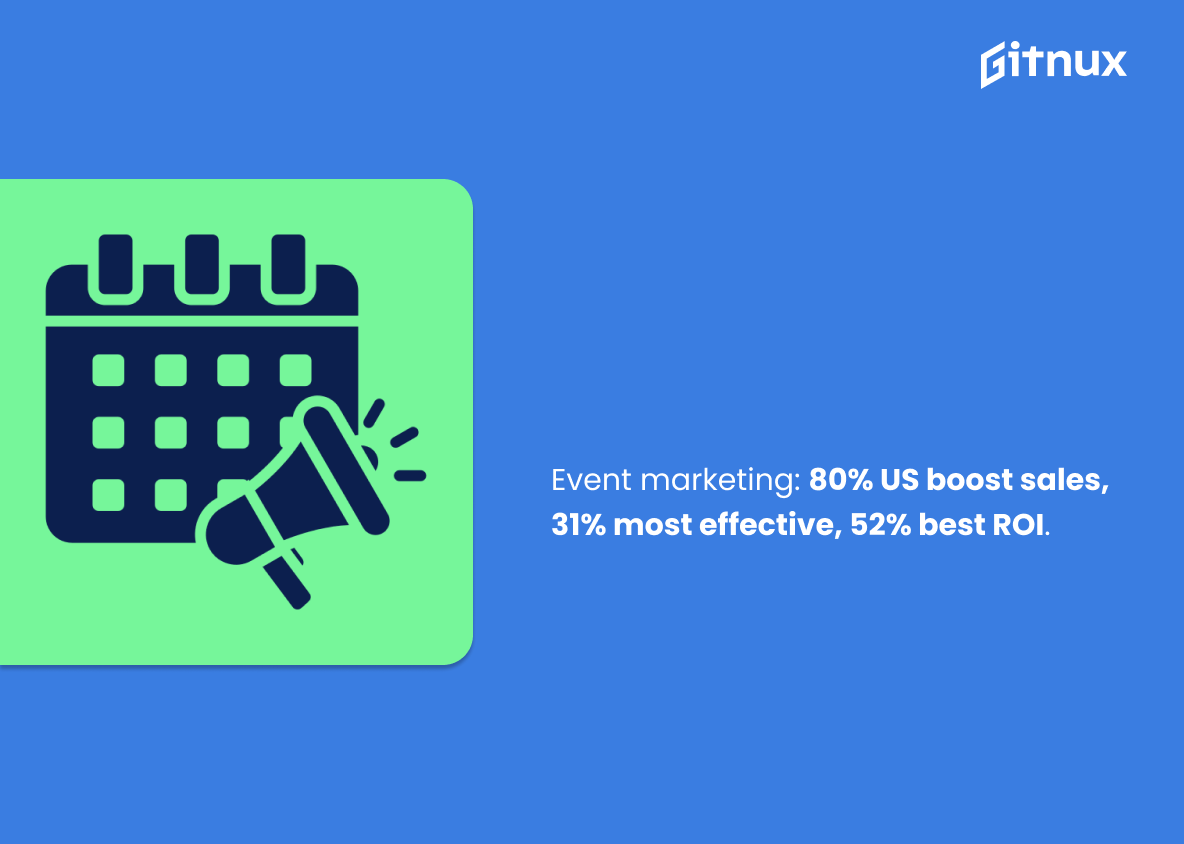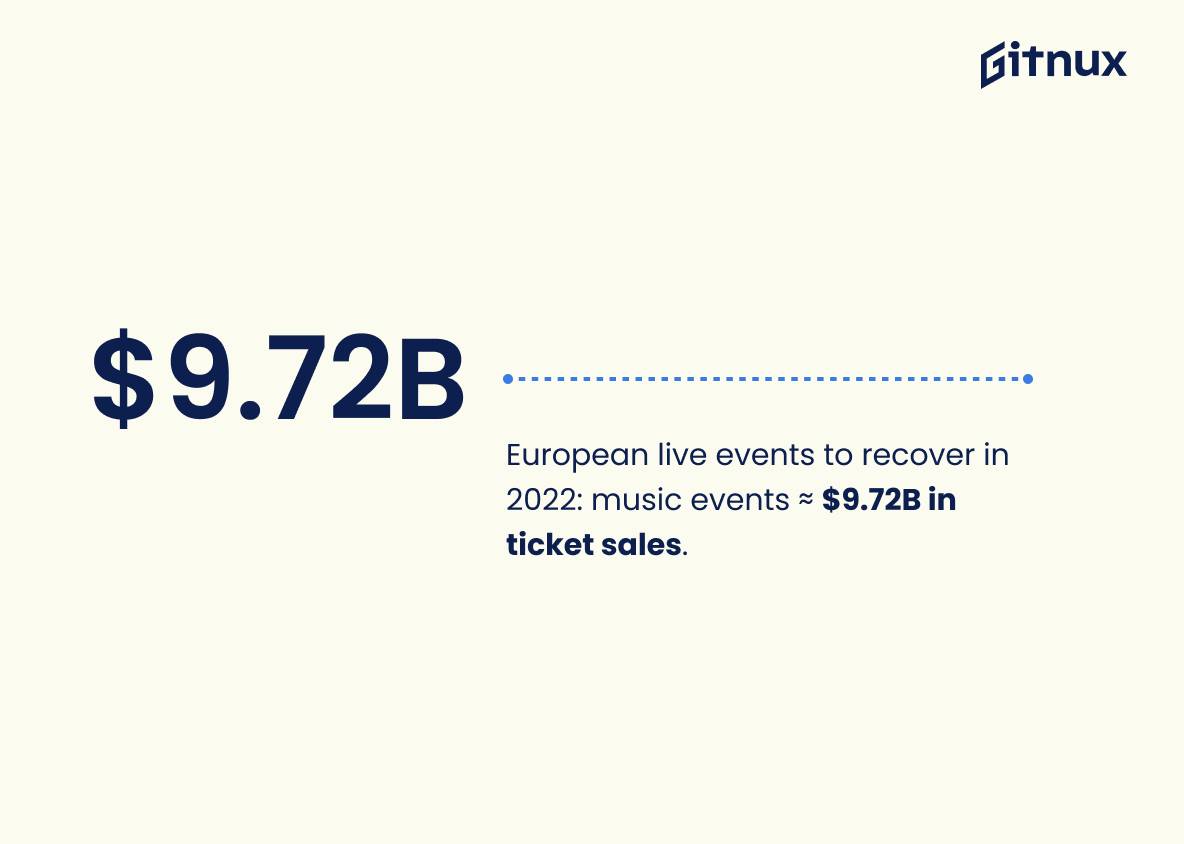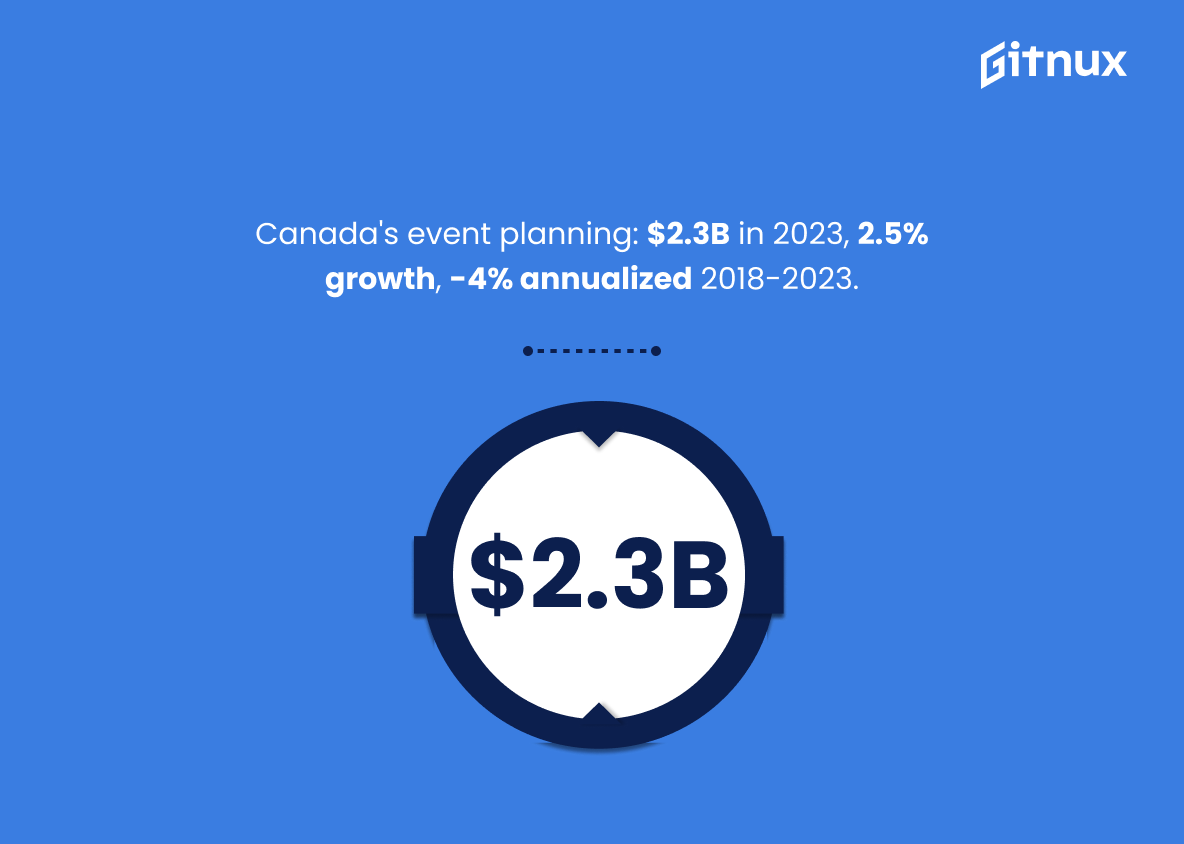Welcome to our blog post about event industry statistics. We’ll be taking a look at some of the most interesting and important facts and figures about the event industry, and how they can help you make informed decisions when planning your next event.
We’ll be looking at the size of the industry, the types of events people are attending, and the trends that are shaping the industry. We’ll also be looking at the impact of technology on the event industry, and how it’s changing the way people plan and attend events.
Event Industry: Most Important Statistics
The Covid pandemic has caused a significant shift in the events industry, with 30% of trade shows in 2021 held as hybrid events and the virtual events market being worth $114.12 billion in 2021.
The European live event market is projected to recover in 2022, with music events generating around 9.72 billion U.S. dollars in ticket sales.
Event Industry: Statistics Overview
The events industry is predicted to grow to over $1.5 trillion by 2028, with the US party planning market currently valued at $3.2 billion and 85% of marketers prioritizing sponsoring events.
The events industry is growing and is still a priority for marketers, even in the face of the pandemic. It also shows that the industry has adapted to the pandemic and is expected to make a big comeback in 2023.
The event planning industry was worth $3.2 billion in the US in 2019, but lost over $30 billion in 2020 due to the pandemic. This has led to a shift towards virtual events, and job growth for event planners is higher than the average for other occupations. The industry is slowly recovering, but may not regain stability until after 2023.
This statistic is important because it shows the impact of the pandemic on the event planning industry, and the shift towards virtual events that is taking place. It also highlights the potential for job growth in the industry, which could be beneficial for those looking to enter the field.
The global virtual events market is expected to grow at a CAGR of 21.4% from 2022 to 2030 due to the widespread use of collaboration and communication tools in various industries.
This shows the potential for growth in the virtual events market. This growth is driven by the adoption of collaboration and communication tools, which can help to facilitate remote engagement and workflow.
This can help to open up new opportunities for event organizers, allowing them to reach a wider audience and potentially increase their profits.
The Covid pandemic has caused a significant shift in the events industry, with 30% of trade shows in 2021 held as hybrid events and the virtual events market being worth $114.12 billion in 2021.
This shows the drastic impact the pandemic has had on the events industry, with virtual events becoming increasingly popular due to their cost-effectiveness and convenience.
This shift is likely to remain even after the pandemic, highlighting the need for event organizers to adapt and embrace virtual events.
Event marketing is the most effective tool for marketers, accounting for 21% of corporate marketing budgets and the event management software industry is valued at $28 billion.
Hybrid events are becoming increasingly popular, allowing for both in-person and virtual components. This statistic is important for the event industry as it highlights the value of event marketing and the potential for growth in the event management software industry.
Additionally, it shows the increasing popularity of hybrid events, which can provide a more comprehensive experience for attendees.
Event marketing remains popular among marketers, as 80% of US marketers use events to boost sales, with 31% considering it the most effective channel and 52% believing it drives the best ROI.
This highlights the value of event marketing in customer relationships and business revenue, even during the pandemic when events had to be moved online.
This statistic matters in the context of event industry statistics because it shows that event marketing is still a viable and valuable tool for businesses, even during the pandemic. It also shows the potential of event marketing to drive revenue and build customer relationships.
Global ticket sales for music and sports events are projected to reach $31 billion and $34 billion respectively in 2022.
This highlights the challenges faced by the global live event market during the pandemic, while also emphasizing the projected recovery and return to pre-pandemic levels in 2022.
This is important to understand in order to plan for the future of the event industry and to be able to make informed decisions about investments and strategies.
The European live event market is projected to recover in 2022, with music events generating around 9.72 billion U.S. dollars in ticket sales.
The statistic provides an estimate of the potential revenue generated from music events, which is an important indicator of the industry’s health.
This data can be used to inform decisions about the future of the event industry and help stakeholders plan for the future.
The events’ industry suffered significant losses due to the pandemic in 2020, with associated sectors such as travel, hospitality, and food and beverage also impacted.
The pandemic has had on the events industry, which is a major contributor to the global economy. It also demonstrates the importance of understanding the economic impact of events and the need for businesses to plan for potential disruptions in the future.
The trade show and event planning industry in Canada is projected to have a market size of $2.3 billion in 2023, with a growth rate of 2.5%, but an estimated annualized market size growth rate of -4% between 2018 and 2023.
While the industry is expected to have some growth in 2023, there is still a significant decline in the annualized market size growth rate, indicating that the industry is facing significant challenges.
Conclusion
In conclusion, the event industry is a vibrant and growing sector, with a wide range of opportunities for businesses and individuals. With the right knowledge and resources, anyone can take advantage of the many opportunities available in the event industry.
By understanding the latest event industry statistics, businesses can better understand the potential of the industry and create strategies to capitalize on its growth. With the right strategies, businesses can take advantage of the many opportunities available in the event industry and create successful events.
References
1 – https://truelist.co/blog/event-industry-statistics/
2 – https://99firms.com/blog/event-industry-statistics/#gref
3 – https://www.grandviewresearch.com/industry-analysis/virtual-events-market
4 – https://truelist.co/blog/virtual-events-statistics/
5 – https://truelist.co/blog/event-marketing-statistics/
6 – https://99firms.com/blog/event-marketing-statistics/#gref
7 – https://www.statista.com/statistics/1302329/global-live-event-revenue-by-category/
8 – https://www.statista.com/statistics/1302372/europe-live-event-revenue-by-category/
9 – https://trulyexperiences.com/blog/event-planning-industry-statistics/
10 – https://www.ibisworld.com/canada/market-size/trade-show-event-planning/
ZipDo, cited June 2023: Event Industry Statistics










